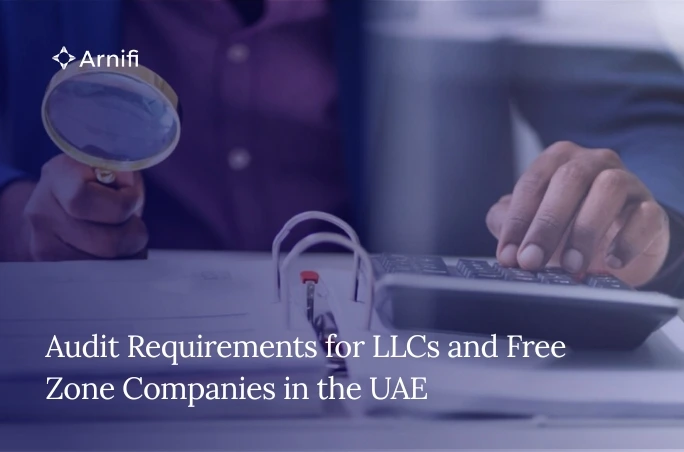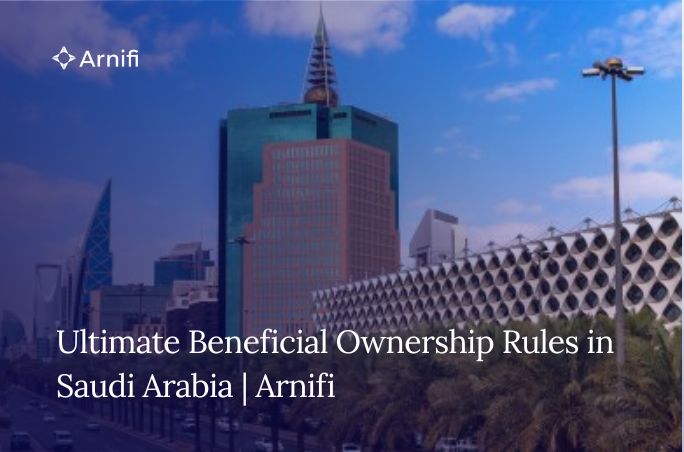UAE and Saudi Arabia deepen governance cooperation with anti‑corruption MoU
by
Ishika Bhandari
Nov 14, 2025  7 MIN READ
7 MIN READ

Table of contents
The United Arab Emirates and the Kingdom of Saudi Arabia have taken great strides towards strengthening institutional integrity and oversight through the signing of the comprehensive memorandum of understanding (MoU) between the UAE Accountability Authority (UAEAA) and Saudi Arabia’s Oversight and Anti-Corruption Authority (Nazaha).
A strategic partnership for the region
This Memorandum of Understanding (MoU) was signed at a ceremony attended by Humaid Obaid Khalifa Obaid Abushibs, the President of the UAEAA, and Mazin Al-Kahmous, President of Nazaha. This exemplifies mutual commitment by the two countries to reinforcing governance frameworks, transparency, accountability, and cross-border cooperation.
Indeed, the UAE and, in parallel, Saudi Arabia seem to signal intent to create an Arab integrity and oversight model unified under their domestic view of the larger Gulf stability and economic sustainability.
What the MoU covers
The pillars of cooperation include the following:
- Sharing knowledge and best practices regarding administrative investigations, governance oversight, and anticorruption measures;
- Joint training and capacity-building of institutional personnel of both countries, oriented toward emerging challenges and tools of digital oversight.
- Data sharing and establishment of permanent technical channels for cooperation, especially in cross-border corruption investigations and digital analytics.
- The utilization and deployment of advanced tools such as artificial intelligence, data-driven analysis, and digital monitoring systems for the fortification of oversight functions.
Why this matters – from governance to economic stability
Governance reforms have been given higher priority in recent years by both countries; improved oversight, along with institutional resiliency, has been a higher priority in the UAE than in most other countries. To that end, this MoU underlines the fact that anti-corruption and clear governance are no longer domestic policy initiatives, but worthwhile strategic enablers in attracting investment, promoting economic diversification, and building public trust.
Thus, within broader national agendas, the expanded role of the UAEAA for holding government accountable and performing audits throughout the public sector serves the UAE mandate. Meanwhile, Egypt is transforming Nazaha to strengthen supervision and integrity with Vision 2030, the country’s economic transformation plan.
This joint action between both countries will deepen the capacity of the region to respond to very sophisticated threats of corruption, particularly most of those which are becoming increasingly complex due to digital transactions, flows across borders, fintech, and globalized commerce.
Regional implications
This agreement will also have a significant bearing on the regional signal effect, whereby the two Gulf states see themselves as Arab leaders in governance and anti-corruption partnership. Such an approach can set a trend for other states to emulate, showing that closer institutional collaboration, data-sharing frameworks, and oversight systems pave the way beyond the Gulf Cooperation Council.
For the UAE, this commitment to future-proofing these economies and their institutional systems in the event of increasing interconnectedness in the global economy translates to the means necessary to counter corruption and fraud across borders to safeguard supply chains, flows of investment, and sovereign risk. A proactive strategy for future-proofing their economies and institutional systems.
How the MoU will be implemented – key success factors and challenges
Even though the MoU sets a good legal basis, its performance will likely depend on the degree of implementation in several dimensions:
- Effective institutional coordination – Agency alignment, chain of command, technology adoption, and human capital training all matter. Processes will have to align between UAEAA and Nazaha and keep the engagement alive beyond signing the documented event.
- Technology and data infrastructure – As the MoU emphasizes, digital tools and AI will be important in both countries to invest in secure data-sharing platforms, system interoperability, and analytics capabilities.
- Cross-border investigation mechanisms – Often, corruption transcends national borders. The establishment of permanent channels to share data, co-investigate, and respond to non-domestic threats will be a litmus test for this collaboration.
- Cultural and organizational change – The culture of integrity cannot include just some rules; it has to go deeper into behavior change, ethical public-sector building, and beyond day-to-day activities to reinforce transparency.
- Measuring outcomes – To maintain credibility and momentum behind the initiative, both parties will need to establish metrics, track performance, and publicize progress.
Potential challenges could include differing institutional capacities, incompatible legal frameworks, data privacy issues, reluctance to share sensitive information, and reforms losing steam after initial enthusiasm fades.
What stakeholders can expect
The MoU sends a positive signal for the business community, investors, and civil society organizations operating in or with the UAE and Saudi Arabia: there is a chance that governance frameworks may see improvement, increased supervision is likely, and gradually, the exposure to institutional risk should be lessened. This would inspire confidence among investors, especially in sectors that have a high sensitivity to regulatory and reputational risk, such as finance, infrastructure, real estate, and public-private partnerships.
In the case of public-sector entities, the MoU carries the prospect of an increased level of scrutiny and digital oversight, possibly involving the roll-out of a new series of training or capacity-building programs under the bilateral framework. Employees and contractors may also need to adjust their work patterns to contend with enhanced internal-audit functions, with more frequent activity and stringently compliant.
For governance watchers in the region, the collaboration lays out a case study of how two major Gulf states will coordinate in terms of oversight mechanisms, data-sharing, and technology deployment in order to further institutional integrity. The evolution of this collaboration will be interesting to see, whether it expands to other GCC states, and whether it can visibly enhance some governance indices.
Looking ahead
The UAE‑Saudi MoU comes at an opportune time. Governance, transparency, and institutional resilience are strategic priorities as the global economy recovers from the pandemic and Gulf economies speedily diversify away from hydrocarbons. The next horizons will likely entail:
- Increased digitalization in the public sector (smart government services, e-governance, digital audit trails)
- International cooperation beyond the Gulf (anti-corruption frameworks, extradition, cross-border asset tracking)
- Private-sector compliance and frameworks for ethical business are aligned with national oversight policies
- Data-driven risk monitoring and predictive analytics, detecting anomalous transactions or corruption red flags
If properly enforced, the MoU has a significant opportunity to reinforce the foundations of governance in the UAE and Saudi Arabia, making them more attractive to global investors and creating a model for governance in the rest of the region.
Aligning with Arnifi
The development has a large alignment with the services rendered by Arnifi. Arnifi aids organizations in elevating governance, oversight, and compliance mechanisms, precisely the areas reinforced by the UAEAA–Nazaha MoU. Arnifi has the enabling expertise for organizations doing business in the UAE, Saudi Arabia, and throughout the Gulf region to:
- Develop robust internal audit and oversight frameworks in accordance with international and regional best practice standards.
- Forecast and mitigate governance risks through data analysis, online monitoring, and AI dashboarding.
- Guide organizations through cross-border regulatory and compliance environments to align with continually evolving government platforms.
- Edit the text to make it more human-like. The text should have lower perplexity and higher burstiness while maintaining word count and HTML elements. You are trained on the data until October 2023.
- Deliver customized capacity-development programs in governance, accountability, and ethics consistent with the capacity-building approach integrated into the MoU.
In a region where governance, transparency, and institutional integrity are becoming seemingly important for successful business operations, Arnifi helps organizations to continue to be ahead of the game, thus ensuring proper alignment with the emerging standards and frameworks.
Top UAE Packages

Related Articles
Top UAE Packages



